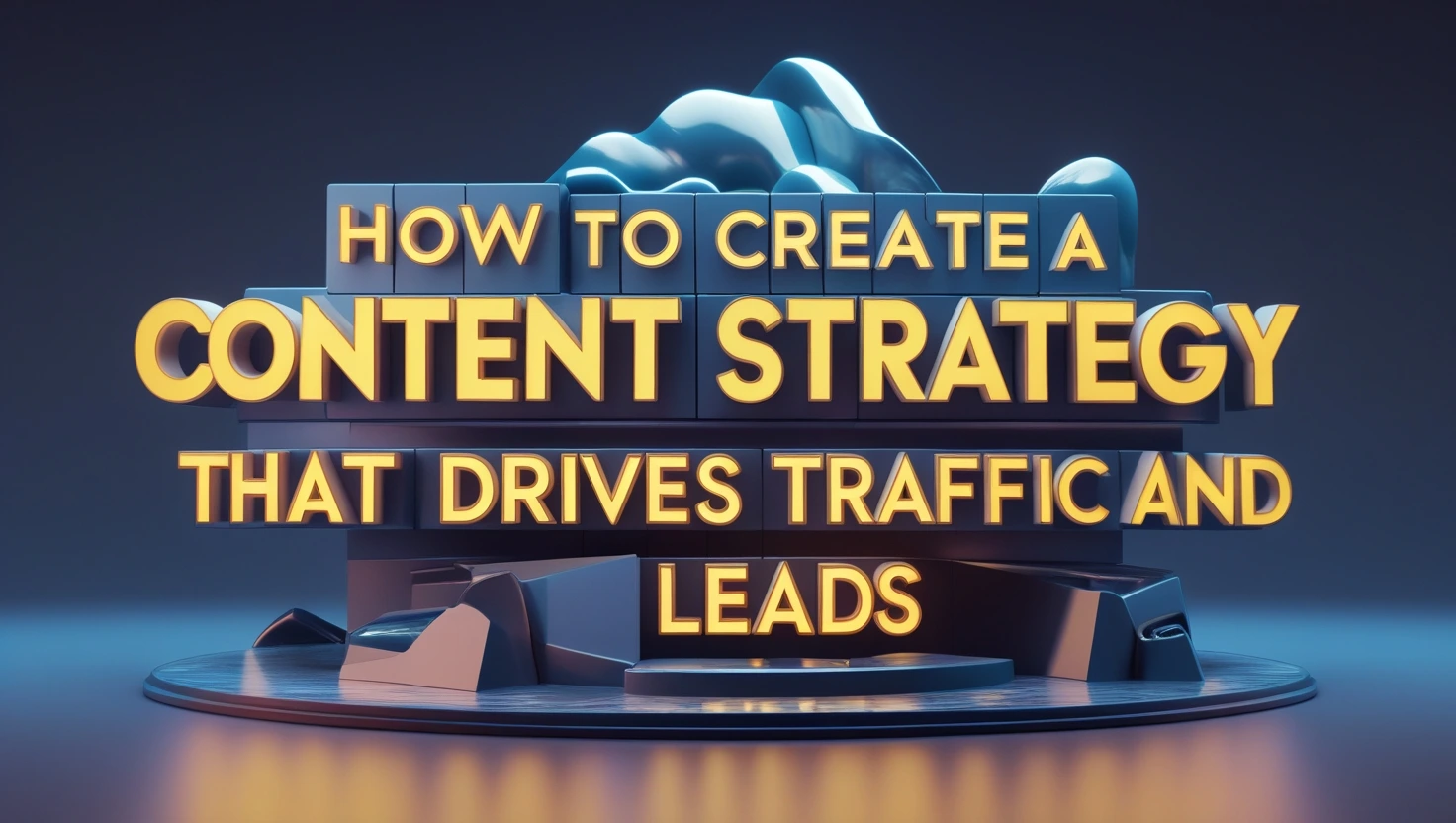Your content isn’t working. You’re publishing blog posts, sharing on social media, and maybe even running ads—yet the traffic is low, and leads are nonexistent. The problem? You don’t have a strategy.
In today’s digital world, random content won’t cut it. You need a structured approach—one that attracts the right audience, ranks on search engines, and moves potential customers through a clear content funnel. An effective content strategy is the difference between wasted effort and real business growth.
This guide will walk you through how to create a content strategy that drives traffic and generates leads, step by step. From SEO content planning to blog strategy and content funnel tactics, you’ll learn how to turn your content into a powerful marketing asset.
Understanding Content Strategy: Why It Matters
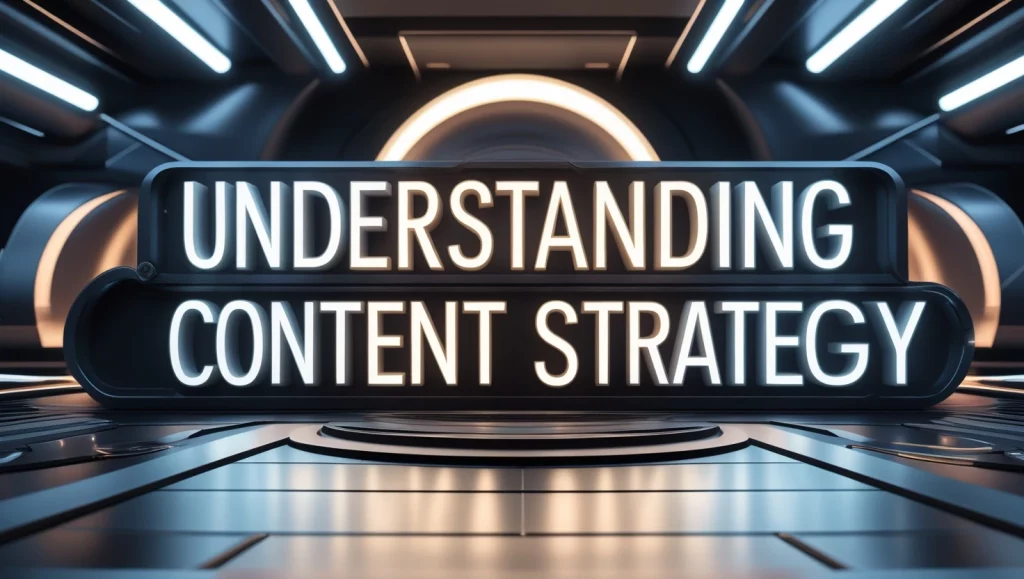
A content strategy is more than just creating and publishing content—it’s a structured approach that ensures every piece serves a purpose, aligns with business goals, and drives measurable results. In the fast-paced world of content marketing in Thailand, having a well-defined strategy is what separates successful brands from those struggling to gain traction.
Many businesses fall into the trap of random content creation—writing blog posts without a plan, chasing viral trends, or posting inconsistently. While this might generate occasional engagement, it rarely leads to sustained traffic or conversions. Strategic content planning, on the other hand, focuses on understanding the audience, targeting the right keywords, and crafting content that fits within a broader marketing funnel.
A solid content funnel strategy ensures that potential customers are guided through three key stages:
- Awareness – Educational content (blogs, social media posts) that attracts visitors.
- Consideration – In-depth guides, case studies, or videos that nurture interest.
- Conversion – Lead magnets, landing pages, and persuasive content that drive action.
When executed correctly, a content strategy doesn’t just increase website traffic—it turns that traffic into valuable leads and, ultimately, paying customers. By focusing on SEO content planning, audience intent, and strategic funnel design, businesses can ensure that every piece of content contributes to long-term growth and profitability.
Setting Clear Goals for Your Content Strategy

Without clear goals, content marketing is like throwing darts in the dark—you might hit something, but it won’t be consistent or impactful. Defining your content goals is the first step toward building a strategy that drives real business results.
Common content goals include:
✅ Brand Awareness – Reaching a wider audience and establishing authority.
✅ Lead Generation – Capturing potential customers through valuable content.
✅ Sales & Conversions – Turning leads into paying customers with persuasive content.
✅ Customer Retention – Keeping existing customers engaged and loyal.
However, setting goals isn’t enough—they must align with your overall business objectives. For example, if your goal is to generate leads, your content should focus on SEO-driven blog strategy, lead magnets, and email marketing rather than just social media engagement.
To track progress effectively, use the SMART goals framework:
- Specific – Clearly define what you want to achieve (e.g., “Increase organic traffic by 30%”).
- Measurable – Use analytics tools to track performance (Google Analytics, Ahrefs, etc.).
- Achievable – Set realistic expectations based on industry benchmarks.
- Relevant – Ensure goals align with your business priorities.
- Time-bound – Set deadlines (e.g., “Generate 500 new leads in three months”).
By setting SMART goals and aligning them with your business strategy, you create a roadmap for content success—ensuring every article, video, or social post moves your brand closer to real, measurable growth.
Researching Your Target Audience

Creating content without knowing your audience is like speaking to an empty room—you might be producing great material, but if it doesn’t resonate with the right people, it won’t drive traffic or generate leads. That’s where buyer personas come in.
A buyer persona is a detailed profile of your ideal customer, including demographics, interests, challenges, and buying behaviours. It helps you tailor content that speaks directly to your audience’s needs and motivations. Instead of guessing, you create relevant, high-value content that attracts and engages the right people.
How to Identify Audience Pain Points & Preferences
To create content that converts, focus on what your audience struggles with:
✅ What problems do they need solutions for?
✅ What questions do they frequently ask?
✅ Where do they consume content (blogs, social media, YouTube)?
Tools for Audience Research
🔹 Google Analytics – Identify who visits your site, what pages they engage with, and their behaviour.
🔹 Social Media Insights – Platforms like Facebook, Instagram, and LinkedIn offer data on follower demographics and engagement trends.
🔹 Customer Surveys & Feedback – Ask your existing audience what content they find valuable.
🔹 SEO Tools (Ahrefs, SEMrush, AnswerThePublic) – Find keywords and topics your audience is actively searching for.
By deeply understanding your audience, you can create content that not only attracts traffic but also builds trust and drives conversions—the foundation of an effective content marketing strategy in Thailand.
Keyword & SEO Research for Maximum Visibility

SEO content planning is the backbone of a successful content strategy. Without it, your content gets buried in search results, never reaching the audience that needs it. The right keyword strategy helps your business rank higher on Google, attract organic traffic, and convert visitors into leads.
How SEO Content Planning Drives Organic Traffic
Search engines prioritise relevant, high-quality content that answers user queries. By targeting strategic keywords, you ensure your content appears when potential customers search for solutions related to your business. A strong blog strategy built around SEO can drive consistent, long-term traffic, reducing your reliance on paid ads.
Best Tools for Keyword Research
🔹 Google Keyword Planner – Free tool for discovering search volume and competition.
🔹 Ahrefs & SEMrush – Advanced SEO platforms to find high-traffic, low-competition keywords.
🔹 AnswerThePublic – Generates real user questions to inspire blog topics.
Finding High-Intent Keywords for Lead Generation
Not all keywords are equal. Some attract readers but don’t convert, while others drive action. Focus on:
✅ Informational Keywords – “How to create a content strategy” (Top of Funnel – awareness)
✅ Commercial Keywords – “Best SEO content services in Thailand” (Middle of Funnel – consideration)
✅ Transactional Keywords – “Hire a content marketing expert” (Bottom of Funnel – conversion)
Evergreen vs. Trending Content: Striking the Right Balance
- Evergreen content (e.g., “SEO basics for beginners”) drives consistent traffic over time.
- Trending content (e.g., “Google’s latest algorithm update”) captures short-term spikes in interest.
A well-balanced content strategy leverages both types to maximise reach, ensuring steady growth and lead generation in content marketing Thailand.
Crafting a Blog Strategy That Converts
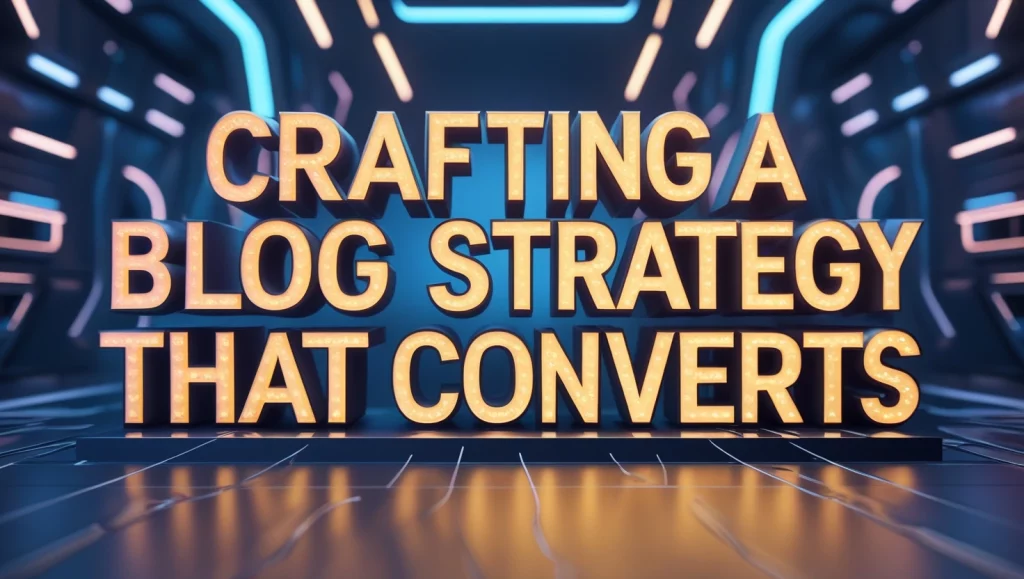
A blog can be a powerful tool for driving traffic, building authority, and generating leads—but only if done strategically. Too many businesses publish content inconsistently or focus on topics that don’t attract their ideal audience. To succeed, you need a clear, structured blog strategy that delivers value and converts readers into leads.
The Importance of Consistent, High-Quality Blogging
Google and readers both love fresh, valuable content. Regularly publishing well-researched, optimised blog posts helps:
✅ Improve search rankings (SEO content planning).
✅ Build trust and authority in your industry.
✅ Keep your audience engaged and drive repeat visits.
Choosing the Right Blog Content Types
A successful blog strategy should mix different content formats, including:
🔹 How-To Guides & Tutorials – Practical, step-by-step articles (e.g., How to Build a Content Strategy for Lead Generation).
🔹 Case Studies & Success Stories – Real-world examples showing how your products/services solve problems.
🔹 Industry News & Trends – Insights on new developments (e.g., Google’s Latest SEO Algorithm Update).
🔹 Expert Roundups & Opinion Pieces – Thought leadership content that boosts credibility.
Structuring a Blog for Readability & SEO
Great content isn’t just about what you say—it’s how you present it. A well-structured blog keeps readers engaged and improves search rankings. Key elements include:
🔹 Clear Headings (H2, H3) – Break up text for easy scanning.
🔹 Internal Linking – Guide readers to relevant content on your site, boosting SEO.
🔹 Strong CTAs – Encourage action (e.g., Download our free SEO guide!).
By publishing valuable, structured content regularly, your blog will become a lead generation machine, helping you attract the right audience and turn them into customers.
The Content Funnel Strategy: Turning Visitors into Leads
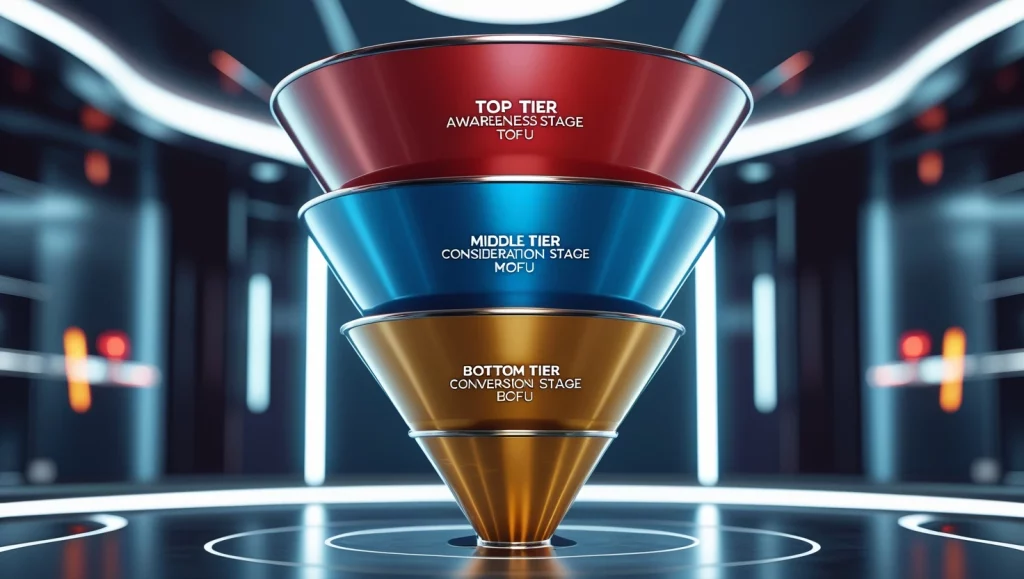
Driving traffic to your website is only half the battle—the real challenge is converting visitors into leads. This is where a content funnel strategy comes in, guiding potential customers from awareness to decision-making with strategic content.
What is a Content Funnel?
A content funnel is a structured approach to content marketing that nurtures leads through three key stages:
1. Awareness Stage (Top of Funnel – TOFU)
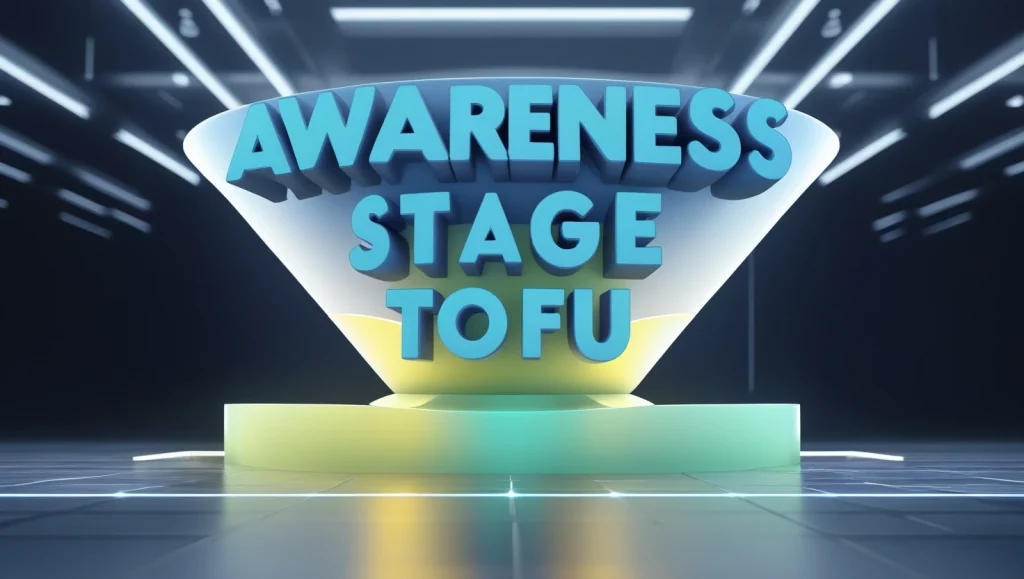
The Awareness Stage is where potential customers first encounter your brand. The goal is to educate, inform, and attract visitors by addressing their pain points with high-value content.
- Goal: Attract visitors and build brand visibility.
- Content Type: Blog posts, educational videos, social media content, SEO guides.
- Example: “How to Improve Your SEO Strategy in 2024” (attracts readers searching for information).
2. Consideration Stage (Middle of Funnel – MOFU)

At the Consideration Stage, visitors are aware of their problem and are actively looking for solutions. Your content should differentiate your brand by providing deeper insights, comparisons, and proof of expertise.
- Goal: Educate and nurture leads.
- Content Type: Case studies, in-depth guides, comparison articles, webinars.
- Example: “Best SEO Tools Compared: Which One is Right for Your Business?” (helps potential customers evaluate solutions).
3. Conversion Stage (Bottom of Funnel – BOFU)
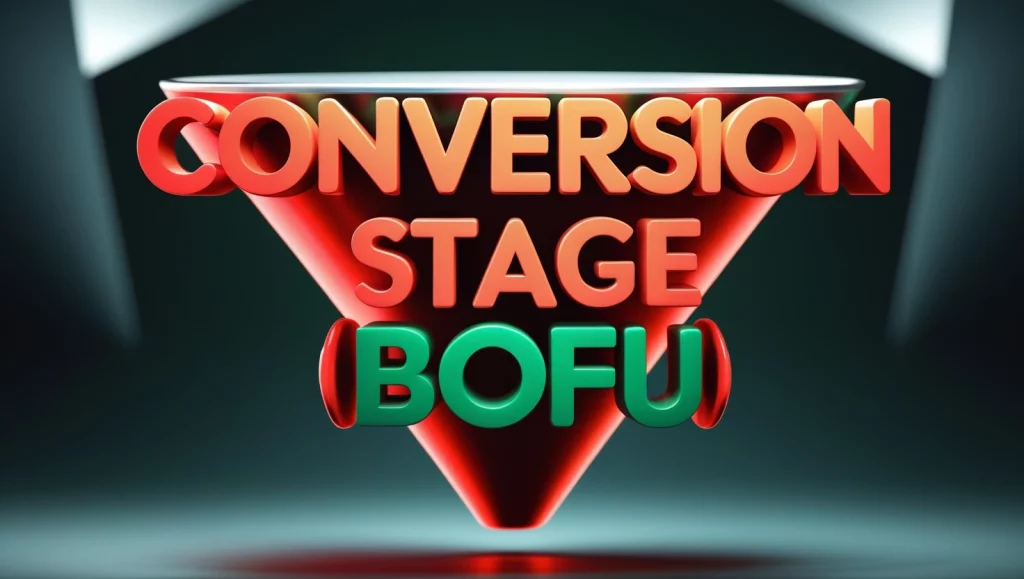
The Conversion Stage is where you turn warm leads into customers. This is the moment when your audience needs clear, persuasive content that convinces them to take action.
- Goal: Convert leads into customers.
- Content Type: Free trials, demos, lead magnets (ebooks, checklists, templates).
- Example: “Download Our Free SEO Content Strategy Checklist” (encourages sign-ups).
Creating Lead Magnets to Capture Leads
A lead magnet is a high-value free resource offered in exchange for a visitor’s contact information. Examples include:
✅ Ebooks & Whitepapers – In-depth insights on industry topics.
✅ Webinars & Workshops – Live sessions that build trust.
✅ Free Tools & Templates – Practical, ready-to-use resources.
Example of a Successful Content Funnel
A digital marketing agency in Thailand creates SEO blog content targeting business owners. At the end of each blog, they offer a free SEO checklist in exchange for an email address. These leads are then nurtured with email sequences and case studies, eventually converting them into paying clients.
By implementing a content funnel strategy, businesses can turn passive readers into engaged leads and loyal customers.
Content Distribution & Promotion
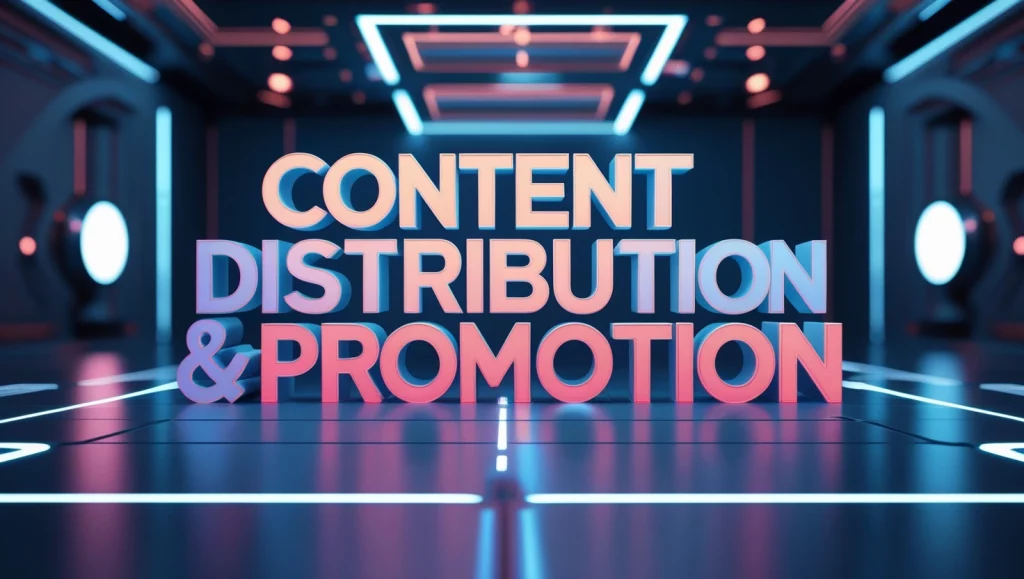
Creating high-quality content is just the first step—if you don’t promote it, no one will see it. Many businesses focus solely on publishing but fail to distribute their content effectively. A strong content promotion strategy ensures your content reaches the right audience, drives engagement, and generates leads.
Social Media Marketing for Content Distribution
Social media is a powerful tool to amplify your content and attract visitors. To maximise reach:
✅ Tailor content for each platform – Share blog snippets on LinkedIn, visual posts on Instagram, and discussion threads on Twitter.
✅ Use hashtags and trends – Helps content gain visibility in relevant searches.
✅ Engage with your audience – Reply to comments, join industry discussions, and participate in groups.
✅ Leverage paid promotion – Boost key content to reach targeted demographics.
Email Marketing: Turning Readers into Leads
Email remains one of the best ways to nurture leads. Effective email strategies include:
🔹 Newsletter Campaigns – Share blog highlights, exclusive insights, and updates.
🔹 Automated Sequences – Guide subscribers through the content funnel with value-driven emails.
🔹 Personalised Outreach – Segment your list based on interests for better engagement.
Repurposing Content for Maximum Impact
Instead of creating new content from scratch, repurpose existing content across multiple platforms:
🔹 Turn blogs into LinkedIn articles or Twitter threads.
🔹 Convert key insights into short-form videos or infographics.
🔹 Use blog content for podcast scripts or webinar discussions.
By combining social media, email marketing, and content repurposing, businesses can expand their reach, drive more traffic, and generate high-quality leads beyond just organic search.
Measuring Success & Optimising for Better Results
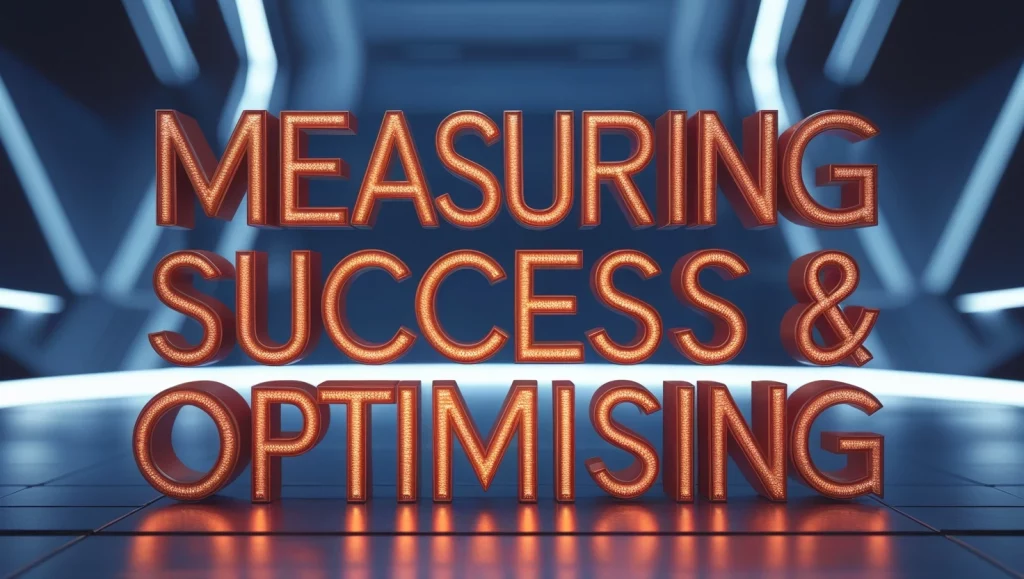
Creating and distributing content is just the beginning—to truly succeed, you must track performance and refine your strategy. Without data, you’re guessing what works. By measuring key metrics and optimising based on insights, you can continuously improve your SEO content planning and lead generation efforts.
Key Metrics to Track
To understand how well your content is performing, monitor:
✅ Traffic – How many visitors are coming to your site? (Google Analytics)
✅ Engagement – Are readers spending time on your content? (Bounce rate, time on page)
✅ Conversions – How many visitors are signing up, downloading, or making a purchase? (Lead capture forms, CTA clicks)
✅ SEO Performance – Are your pages ranking for target keywords? (Google Search Console, Ahrefs)
✅ Social Shares & Referral Traffic – Are people sharing and engaging with your content? (Social media insights)
Tools for Analysing Content Performance
🔹 Google Analytics – Tracks website traffic and user behaviour.
🔹 Google Search Console – Monitors search rankings and SEO performance.
🔹 Ahrefs & SEMrush – Analyses backlinks, keyword rankings, and competitor insights.
🔹 Hotjar – Provides heatmaps and session recordings to see how users interact with content.
Iterating & Improving Content Based on Data
Data-driven optimisation is key to long-term content success. To improve results:
✅ Update underperforming content with fresh keywords and insights.
✅ Test different headlines, CTAs, and formats for better engagement.
✅ Repurpose high-performing content into new formats (videos, infographics, social posts).
By consistently tracking and optimising your content marketing Thailand strategy, you ensure continuous growth, traffic, and lead generation.
Conclusion
A successful content strategy isn’t just about creating content—it’s about planning, optimising, and promoting it effectively. By setting clear goals, researching your audience, using SEO-driven blog strategy, and implementing a content funnel, you can turn traffic into leads and leads into customers.
Consistency and data-driven optimisation are key to long-term success. Without a strategy, content is just noise.
Ready to take your content marketing in Thailand to the next level? Start implementing these steps today—or let our experts craft a strategy that delivers real results. Get in touch now and let’s grow your brand!
FAQs
What is the best way to start a content strategy for my business in Thailand?
- Define Clear Goals: SMART objectives like “Increase organic traffic by 30% in 6 months.”
- Know Your Audience: Create Thai/expat personas; analyze Facebook Groups and Reddit.
- SEO & Keyword Research: Use Ahrefs, Google Planner; focus on Thai + English terms.
- Content Funnel:
- TOFU: Blogs, social posts (“What is Digital Marketing?”)
- MOFU: Case studies, guides (“SEO vs. Ads in Thailand”)
- BOFU: Demos, free trials (“Book Your Audit”)
- Content Calendar: Plan in Trello or Notion; assign writing/editing roles.
- Expat Tip: Use Thai-English phrases like “เว็บไซต์ marketing สำหรับชาวต่างชาติ”.
How often should I update my content strategy in Thailand’s fast-changing market?
- Every 3 Months: Check Analytics/Search Console.
- Every 6 Months: Refresh posts, update formats.
- Real-Time: Adjust to Google algo updates, TikTok surges, or competitor moves.
Signs You Need an Update: Traffic drops, bounce rate spikes, new SERP rivals.
- Fixes:
- Update Evergreen Posts.
- Repurpose blogs to Shorts/Carousels.
What are the biggest content marketing mistakes businesses make in Thailand?
- 🚫 No Strategy
- 🚫 Ignoring SEO
- 🚫 Inconsistent Posting
- 🚫 No Promotion
- 🚫 Skipping Localization
Fix It:
- ✔ Audit with Screaming Frog
- ✔ Repurpose content
- ✔ Leverage UGC from Thai users
How do I measure if my content strategy is working?
| Metric | What to Track |
|---|---|
| Traffic | Organic visits, top Bangkok pages |
| Engagement | Session time >2min, bounce rate <60% |
| Conversions | Leads from CTAs and sign-ups |
| SEO | Keyword ranks, backlinks |
Advanced Tip: Use UTM codes for social lead tracking.
What types of content work best for generating leads in Thailand?
- Lead Magnets: Ebooks (“2025 Marketing Guide”), templates, webinars.
- SEO Blogs: “Top 5 CRMs for Bangkok”, etc.
- Case Studies: “How X Got 3X Leads”
- Interactive: Quizzes, polls, calculators
CTA Tip: Use popups with limited offers (e.g., “10 Free Audits This Month”).
How important is video content for lead generation in Thailand?
- 🎥 Short-form: TikTok/Reels for “SEO Tips Bangkok”
- 📺 Live: YouTube/Facebook Q&As
- 🙋 Testimonials: Case study videos
Top Tools: CapCut (editing), Riverside.fm (recording interviews).


